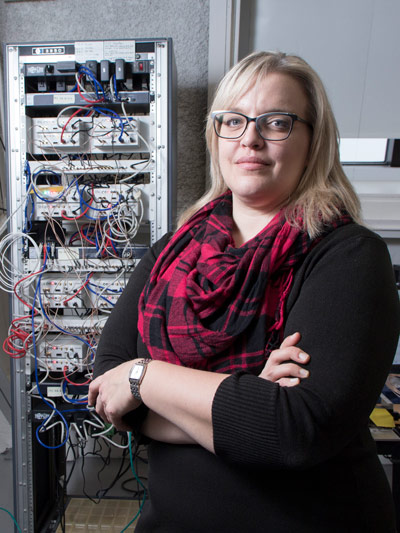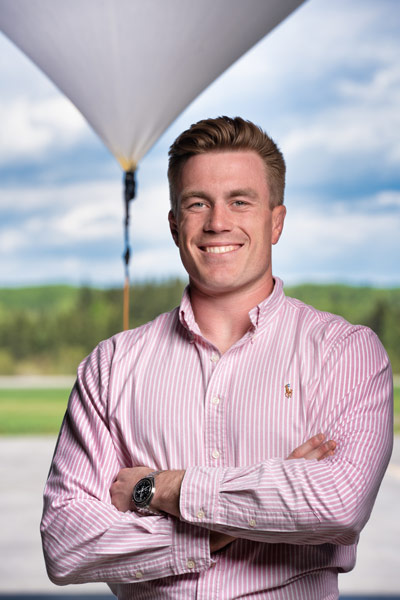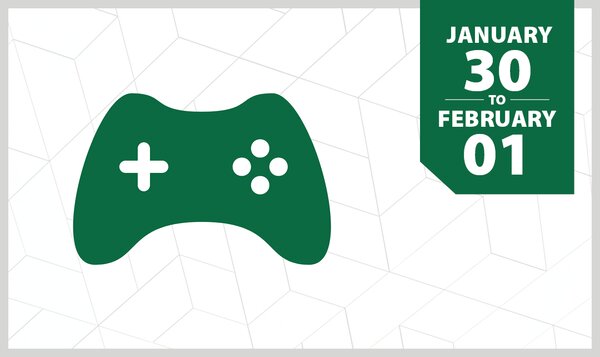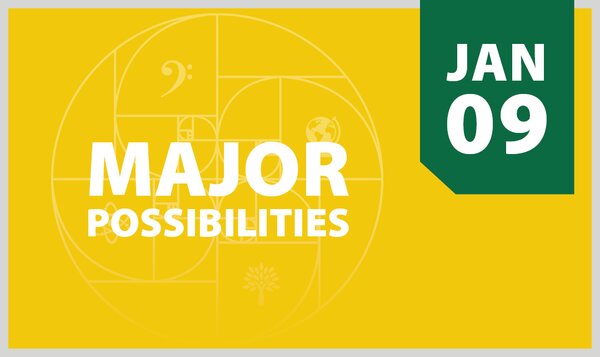
Space training program at USask launched many careers
Seven-year International Space Mission Training Program wrapped up this summer
By Chris Putnam
Jarle Steinberg wants to walk on the moon. It just might happen.
Steinberg is currently working as a spacecraft systems engineering intern at the European Space Agency in Germany, helping build payloads for upcoming lunar missions. His work will be part of human habitats built on the moon. There are even preliminary plans to give him a seat on a future private launch.
“I am not motivated to be on the moon because it’s cool. It’s more about pushing technology and moving forward, and sometimes the best way to do it is to do it yourself,” Steinberg said.
For now, the German-Norwegian engineer is exactly where he wants to be: creating technology for the new era of human space exploration. He credits a unique training program led by the University of Saskatchewan (USask) for helping to get him here.
400jpg

Steinberg is one of 67 students to complete the International Space Mission (ISM) Training Program since it began seven years ago. The program wrapped up this summer when the final group of participants launched two high-altitude research balloons during a three-week workshop at USask.
“It's sad that it's finished. It's been so exciting to offer this program,” said Dr. Kathryn McWilliams (PhD), a professor in USask’s Department of Physics and Engineering Physics and head of the ISM program.
Funded by USask and the Natural Sciences and Engineering Research Council of Canada (NSERC) CREATE program, the space training initiative was a collaboration between USask, several universities across Canada and Norway, and industry partners.
Students—most of them in space-related master’s degree programs at USask and partner universities—could join the ISM program to receive additional space physics training and professional skills development, with a goal of becoming highly qualified personnel in the growing space economy.
The program has been a great success, said McWilliams. Many graduates have already gone on to jobs in the space field or have started their own companies.
“We have students—both Norwegians and Canadians—working in the space sector in both countries, and so it's wonderful. That enthusiasm is excellent.”
Steinberg participated in the program last year. An engineering student at the Norwegian University of Science and Technology, he was struggling to find specialized training to help him break into his field of choice.
“It’s very, very difficult to find good educational courses on spacecraft systems engineering because it’s such a young discipline in modern terms,” Steinberg said.
Steinberg learned of USask’s ISM program and found it to be his best option. Over several months, he and the other participants of 2022 took online courses together, learning not only technical skills but workplace skills such as communication, goal-setting and conflict resolution.

Finally, in the summer, he traveled to Canada to take part in the three-week field school at USask’s College of Arts and Science and had a chance to design a space mission from scratch.
“It was to this day one of the most rewarding and challenging experiences I’ve done,” Steinberg said. “The environment that was created—and the very safe, supporting environment between the students—had a big personal impact on me.”
Liam Graham participated in the ISM program in 2021 as a USask physics and engineering physics master’s student. Today, he works for the Montreal-based aerospace company Lux Aerobot.
“All the skills that came out of that training are things that I use every day,” Graham said. “I landed pretty well exactly in the industry that I want to work in.”
As Lux’s Earth observation payload lead, Graham develops hardware and software for equipment that captures images of Earth from aboard stratospheric balloons. The company’s images have applications ranging from wildfire detection to national security.
“Exploration has always been fascinating to me. As a kid, you read through all the books about the old explorers going to the ends of the Earth, so space was interesting to me on that level,” Graham said. “Coming to the University of Saskatchewan, I knew I wanted to work around space because the problems were interesting, the challenges are hard and exploration is exciting.”
This is a pivotal time in the space sector, said McWilliams. Miniaturization is making it much cheaper and easier to send objects into space. It’s now even possible for students to launch missions to the edge of space, as they did each year in the ISM program.
“It's still an investment, but you know, Canada is a country that relies on satellite communications, satellite navigations—so many space-based industries—that we really need to have these amazing students be part of that industry.”
The ISM program was especially impactful on USask students. Of the 67 participants over the past seven years, 28 were students from USask.
McWilliams thanked NSERC, USask, and the program’s partners for making the initiative possible.
With the expiry of NSERC funding this year, McWilliams and collaborators at other institutions have started discussing a new strategy to keep space training available to students. Those plans are still at an early stage.
“The funding from NSERC was significant for this. It’s not always going to be possible to get that amount of funding going forward, and so we have to think about what are the key things that the students benefited from and how we can build that into their regular training,” McWilliams said. “It would be really good if we could make something happen, because this is really a recipe for success.”
The sky is no limit for students seeking careers in North America and Europe’s space industries.
“For me, it’s (about) creating something that makes a difference for people and is long-term sustainable,” said Steinberg. “Space has so many possibilities. Really, every satellite that is launched has some actual impact on Earth—and a few of them have an enormous impact, saving countless lives every day.”
“I think there’s a lot of upside for space in Canada,” Graham said. “Honestly, I think a lot of really, really good people probably came out of this program and are moving into some of those roles in industry now.”
Together we will support and inspire students to succeed. We invite you to join by supporting current and future students' needs at USask.

